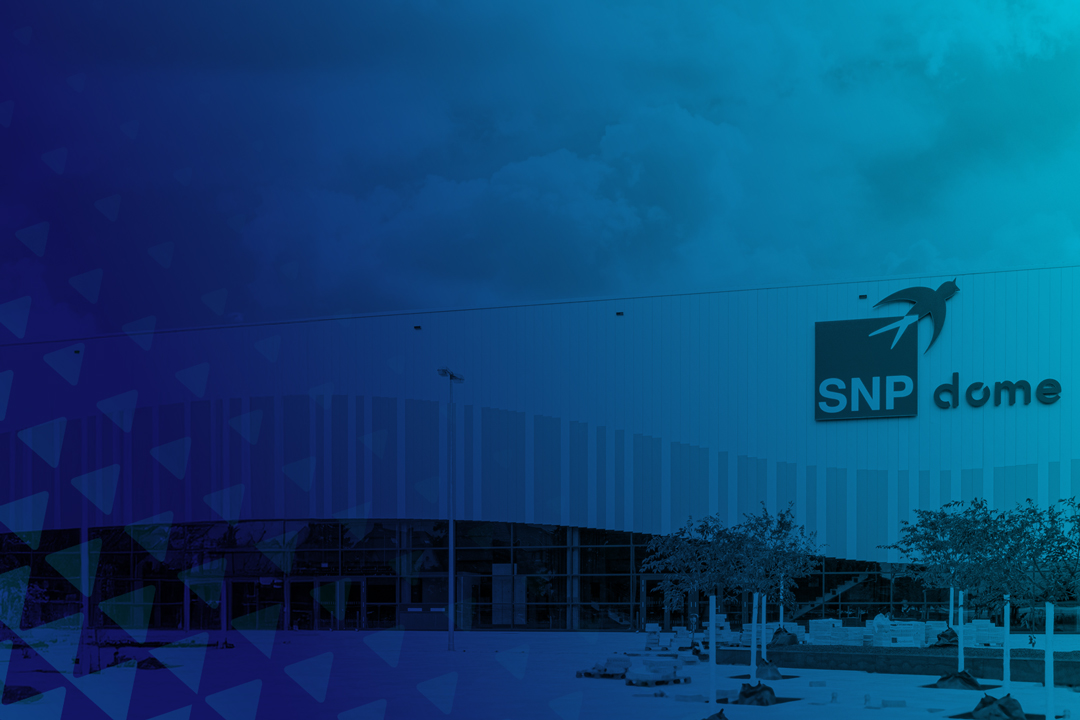From legacy to lean: The role of decommissioning in S/4HANA projects
Moving to SAP S/4HANA presents an opportunity to simplify and modernize. Too often, old systems stay active only for historical data. Decommissioning changes that. With support from Kyano Datafridge, you can retire legacy systems, keep records secure and compliant, and free up resources for business-critical data and applications. All that while still giving users easy, secure access to historical data directly from S/4HANA.
Share
Moving to SAP S/4HANA is more than a technical upgrade. It’s a chance to simplify, modernize, and prepare your business for what’s next. But as new systems go live, old ones often remain in the background, kept running only to provide access to historical data.
This is where decommissioning comes to play. It involves securely retiring IT systems that are no longer needed for daily operations, while ensuring historical data remains accessible for compliance, audits, and business use. By retiring legacy systems, you reduce costs, strengthen compliance, and create an IT environment that’s leaner and easier to manage.
Most importantly, you set the stage for future growth with a secure foundation that supports new technologies and innovation.
Decommissioning isn’t about looking back. It’s about creating the conditions to move forward with confidence. When legacy systems no longer weigh you down, your S/4HANA transformation can deliver on its full promise.
Why decommissioning matters in S/4HANA projects
Decommissioning can play a key role in realizing the benefits of your move to SAP S/4HANA. Instead of maintaining systems that are no longer in use, you can:
- Lower the total cost of ownership by retiring systems that are no longer part of daily operations.
- Simplify your IT landscape, making your transformation smoother and easier to manage in the long term.
- Strengthen compliance and security by managing data in one controlled environment rather than across multiple outdated systems.
When legacy systems are switched off, your S/4HANA project isn’t just a technical migration. It becomes a genuine transformation that reduces complexity and frees up resources for innovation.
Of course, retiring legacy systems comes with its own set of considerations. Historical data must still be available for audits, compliance, and day-to-day business insights. That’s why it’s important to understand the challenges as well as the potential before moving forward.
The challenges of system decommissioning
Shutting down legacy systems isn’t as simple as flipping a switch. Organizations need to balance efficiency with responsibility, making sure business continuity and compliance aren’t compromised.
The most common challenges include:
- Historical data access: Users still need older records for audits, customer service, or financial reporting.
- Volume of legacy data: Migrating everything to S/4HANA would be costly and unnecessary.
- Risk of disruption: If access to past transactions or documents is interrupted, it can slow down daily operations or delay audits.
These challenges don’t mean decommissioning should be avoided. They highlight why the right approach, including selective migration, secure storage, and intuitive data access, is key to making decommissioning a success.
Solutions and best practices for decommissioning
A structured approach makes decommissioning smoother and ensures nothing important is left behind. Successful projects usually follow these steps:
- Start with a selective data transition
Move only the data you need for ongoing business to S/4HANA. This keeps your new system lean and easier to manage. - Archive or decommission inactive systems Retire systems that are no longer required for daily operations, while maintaining the secure storage of their information. Many organizations start by managing their data footprint to determine what remains active and what can be retired.
- Ensure business continuity Historical data must remain accessible for audits, legal requirements, and business reporting. Solutions such as decommissioning and moving data to a data lake can help when you need flexible, cost-efficient storage.
With these practices in place, decommissioning stops being a risk and becomes an enabler. This is where Kyano Datafridge takes the process further by combining compliance, usability, and cost efficiency in one solution.
How Kyano Datafridge enables compliant decommissioning
Decommissioning is only effective if it ensures your business can still access the information it needs. That’s the purpose of Kyano Datafridge: Making it simple to shut down legacy systems while keeping historical data secure, accessible, and compliant.
In selective data transition (SDT) projects using the Bluefield® approach, one of the key advantages is the ability to streamline your landscape while still preserving access to valuable historical data. This is where Kyano Datafridge adds significant value. Instead of keeping legacy systems running, historical data can be decommissioned and stored securely yet still accessed in a simple and familiar way – directly from your new SAP S/4HANA system. This ensures the highest levels of security and availability, while giving users confidence that no important information is lost during the transformation.
Datafridge goes beyond read-only access for audits and reporting. It also supports full data lifecycle management with features like retention rules, data masking, and secure destruction.
This ensures compliance with regulations such as GDPR, CCPA, and other data privacy laws, giving organizations confidence that their decommissioned data remains protected throughout its lifecycle.
Retain historical data securely and cost-effectively
Kyano Datafridge stores legacy records in a certified, purpose-built environment, removing the need to maintain entire systems just to preserve old information. This reduces hosting and license costs while keeping data accessible whenever required.
Modern cloud storage makes this even more effective because:
- Storage is inexpensive: Long-term cloud storage costs continue to decrease.
- Compute demands are low: Legacy data is accessed infrequently, usually for tax audits or similar needs, so retrieval requires minimal resources.
- Security is built-in: Leading cloud platforms are designed to meet the highest security standards, ensuring data remains protected for decades.
Provide compliant, user-friendly access
Familiar access makes all the difference. Users can still search, display, and export documents through the SAP interface. This means audits run smoothly and business users can get the information they need without new training or process changes.
Support both SAP and non-SAP sources
Your data history rarely lives in a single place. With Kyano Datafridge, information from ECC and non-SAP systems is consolidated into one secure environment. That unified access point simplifies compliance and makes it easier to manage retention rules across the board.
With these capabilities, Kyano Datafridge helps organizations decommission with confidence. Historical data stays available and compliant, while IT teams gain the freedom to focus on growth, innovation, and the next stage of their S/4HANA transformation.
The next step in your S/4HANA journey
Every transformation is unique, but one truth is consistent: Moving forward also means knowing what to leave behind. By decommissioning legacy systems, you reduce costs, simplify operations, and stay compliant without losing access to the data that matters.
With Kyano Datafridge, you can make that step with confidence. Historical records remain secure and accessible, allowing your teams to focus on innovation and growth.
Here are three steps to get started today:
- Assess your legacy systems: Identify which ones are still running and what data they hold.
- Decide what belongs in S/4HANA: Keep only the information you need for daily operations and compliance.
- Plan your decommissioning strategy: Work with SNP to retire legacy systems securely while keeping data accessible in Kyano Datafridge.
Let SNP help you plan your decommissioning strategy so you can retire legacy systems safely and unlock the full potential of your SAP S/4HANA transformation.






